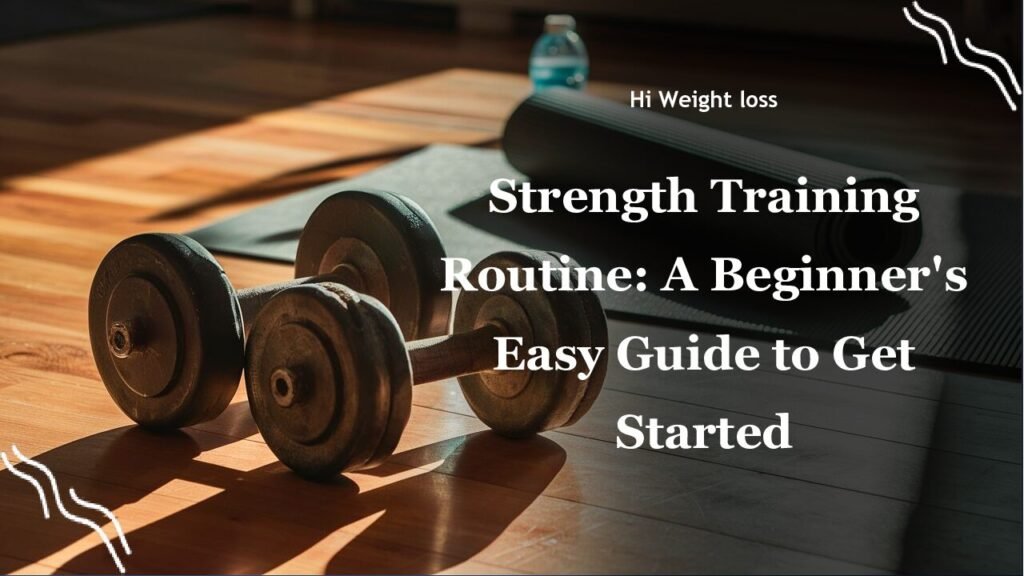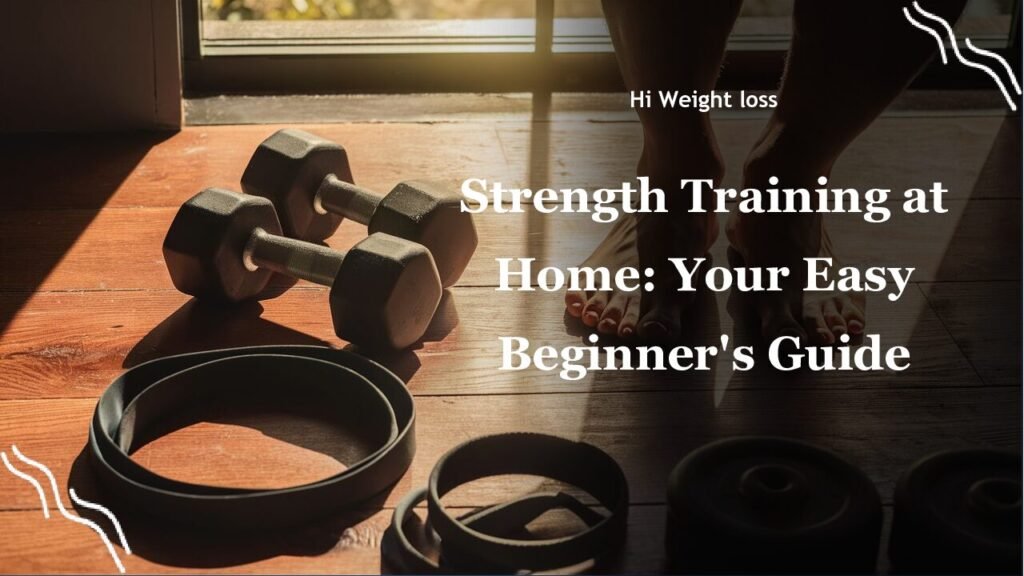“`
Are you wondering if just the bench press, squat, and deadlift are enough for building a strong, muscular physique? It’s a common question, especially when you’re bombarded with complex workout routines. Let’s face it, navigating the fitness world can be confusing! This article will explore whether these three cornerstone exercises are all you need, diving into their effectiveness, limitations, and how to optimize your training for the best results. We’ll look at both beginner and advanced scenarios to provide you with clear guidance.
Is Bench Press, Squat, and Deadlift Enough for Strength Training?
Many people, myself included, have started their fitness journeys with the “Big 3”: the bench press, the squat, and the deadlift. These exercises are popular for a reason; they are incredibly efficient at building overall strength. When I first started weight training, I was overwhelmed by the sheer volume of exercises. Focusing on these three made things manageable. But, is that enough?
The Power of Compound Movements
The bench press, squat, and deadlift are what we call “compound” exercises. This means they work multiple muscle groups at the same time. The squat engages your quads, glutes, and core, while the bench press primarily works your chest, shoulders, and triceps, and the deadlift hits your back, hamstrings, and glutes. These movements allow you to lift heavier weights, which is crucial for building strength.
Think of it like this: each of these lifts is like a “power move” that activates many muscles and pushes your body to become stronger overall. Focusing on them allows you to make good gains even with a simple routine. That’s why programs like the Big 3 Routine are so effective.
Is It Enough for Muscle Growth?
Now, what about muscle growth? The bench press, squat, and deadlift certainly play a big part. They create a strong foundation for muscle development. They’re fantastic at stimulating muscle growth due to the high level of muscle engagement and mechanical stress they create. However, they might not be the most *optimal* approach for advanced lifters looking for specific muscle growth.
While these “Big 3” lifts are excellent, they don’t target every muscle equally. Deadlifts, for example, focus heavily on the back and hamstrings, but do less for muscles like the biceps or shoulders. To make a long story short: you might find that focusing solely on them could leave some muscle groups underdeveloped. This is why many advanced trainees incorporate a wider range of exercises to optimize their growth.

Strength vs. Muscle Balance
Here’s a crucial point: strength and muscle balance go hand in hand. If you primarily focus on the bench, squat, and deadlift, you could develop strength imbalances. Imagine someone whose bench press is extremely strong, but their back muscles are relatively weak – this could increase the risk of injuries. To avoid such issues, it’s essential to include a variety of exercises in your routine.
I remember a training partner who could deadlift impressive weights but struggled with pull-ups. It was a clear sign of a back imbalance. We needed to incorporate more pulling exercises into his routine to build those muscles more evenly. This is why the principle of muscle balance is critical.
Optimizing Your Training Routine
So, how do you optimize your training? For beginners, focusing on the bench press, squat, and deadlift can be a great starting point. Aim for proper form and progressively increase the weight you lift. This will lay a solid foundation of strength and muscle. But as you progress, you might consider adding accessory exercises. Here’s a good rule of thumb: start with the Big 3 and then add 1-2 exercises targeting supporting muscles.
For example, if your bench press is strong, include rows to balance the muscles of the back. If squats are your focus, add lunges or hamstring curls. If the deadlift is your main exercise, consider pull-ups or chin-ups. These accessory movements will help you address specific muscle groups and prevent strength imbalances. Also, do not forget the importance of proper form. If you want to learn how to do these exercises, you can refer to the video by Huel US, it’s important!
The Role of Variety
Variety is also crucial for long-term progress. The human body is incredibly adaptable. If you keep doing the same exercises, your body will eventually get used to the stress. To continue seeing results, you need to challenge your muscles in new ways. This could mean changing the order of your exercises, modifying the weights or reps, trying different variations of the same exercises, or including new ones that target muscles differently.
I learned this the hard way. After plateauing for a while, a change in routine by simply adding incline bench press helped me break through it. It forced my muscles to work in a different way, which led to new growth. The key is to listen to your body, understand your limitations, and adjust your training accordingly. It might not happen immediately, but consistent, focused practice will surely yield great results.
Is It Enough for Overall Fitness?
While the bench press, squat, and deadlift are excellent for building strength and muscle, they may not be enough for overall fitness. Overall fitness includes cardiovascular health, flexibility, and mobility. For that, you need a more comprehensive approach. Think of a well-rounded workout routine as a full symphony rather than just a few strong instruments. A symphony that includes cardiovascular exercises, stretching, and other targeted muscle groups.
You need exercises that will improve your cardiovascular health, such as running, swimming or cycling, which can be combined with flexibility and mobility exercises such as yoga. By balancing strength training, cardio, flexibility and mobility, you’ll achieve a higher level of overall fitness. The key to reaching optimal fitness is balance and inclusion.
The Big 3: A Quick Guide
Let’s break down the “Big 3” a bit more. Here’s a quick guide on how to perform these exercises with good form:
| Exercise | Primary Muscles | How To |
|---|---|---|
| Bench Press | Chest, Shoulders, Triceps | Lie on a bench, lower a barbell to your chest, push back up. |
| Squat | Quads, Glutes, Core | Stand with a barbell, lower down by bending knees, keep your back straight. |
| Deadlift | Back, Hamstrings, Glutes | Stand with a barbell, bend down, and lift it while keeping your back straight. |
Conclusion
The bench press, squat, and deadlift are incredibly valuable exercises. For beginners, they’re more than sufficient to build a strong and muscular physique. These exercises offer the most bang for your buck when starting out, engaging multiple muscle groups at once. However, as you advance in your fitness journey, it’s important to recognize their limitations. They might not be enough for muscle growth in advanced lifters, and neglecting supporting muscles can lead to imbalances and potential injuries. For optimal fitness and muscle development, they need to be part of a comprehensive approach that includes a variety of movements.
Remember that my story about plateauing and how adding incline presses helped me? It’s a perfect illustration of how you can improve in your fitness journey. Listen to your body, embrace the change, and adapt. So, are the bench press, squat, and deadlift enough? Yes, they’re a great start, but there’s more to it. Now it’s time for you to get to the gym! What other exercises do you use, and how well are they working for you? Share with us!
FAQ
Can I build muscle with just the Big 3?
Yes, absolutely! The bench press, squat, and deadlift are fantastic for building overall muscle mass, especially for beginners. However, they may not be optimal for advanced lifters looking to maximize specific muscle groups.
How often should I do the Big 3 exercises?
It depends on your experience level and recovery ability. Most people find that 2-3 times per week with adequate rest is effective. Make sure you consult a professional if you feel unsure about this.
What accessory exercises should I include?
Great question! Consider adding exercises such as rows, pull-ups, lunges, and overhead presses to help balance your strength and target different muscle groups. The best accessory exercises are specific to your weak points and goals.
Are the bench press, squat, and deadlift enough for fat loss?
While these exercises build muscle and increase your metabolism, they are not enough for fat loss alone. Pair them with a healthy diet and regular cardiovascular exercises to get the best results.
Is it okay to focus on the Big 3 for the rest of my life?
You can, but it’s not *optimal* for muscle development and balance. The body adapts to repetitive stress, so including a range of exercises is important for long-term progress. Variety keeps things interesting and pushes your body in new ways. Remember, balance and consistency is key!
“`



